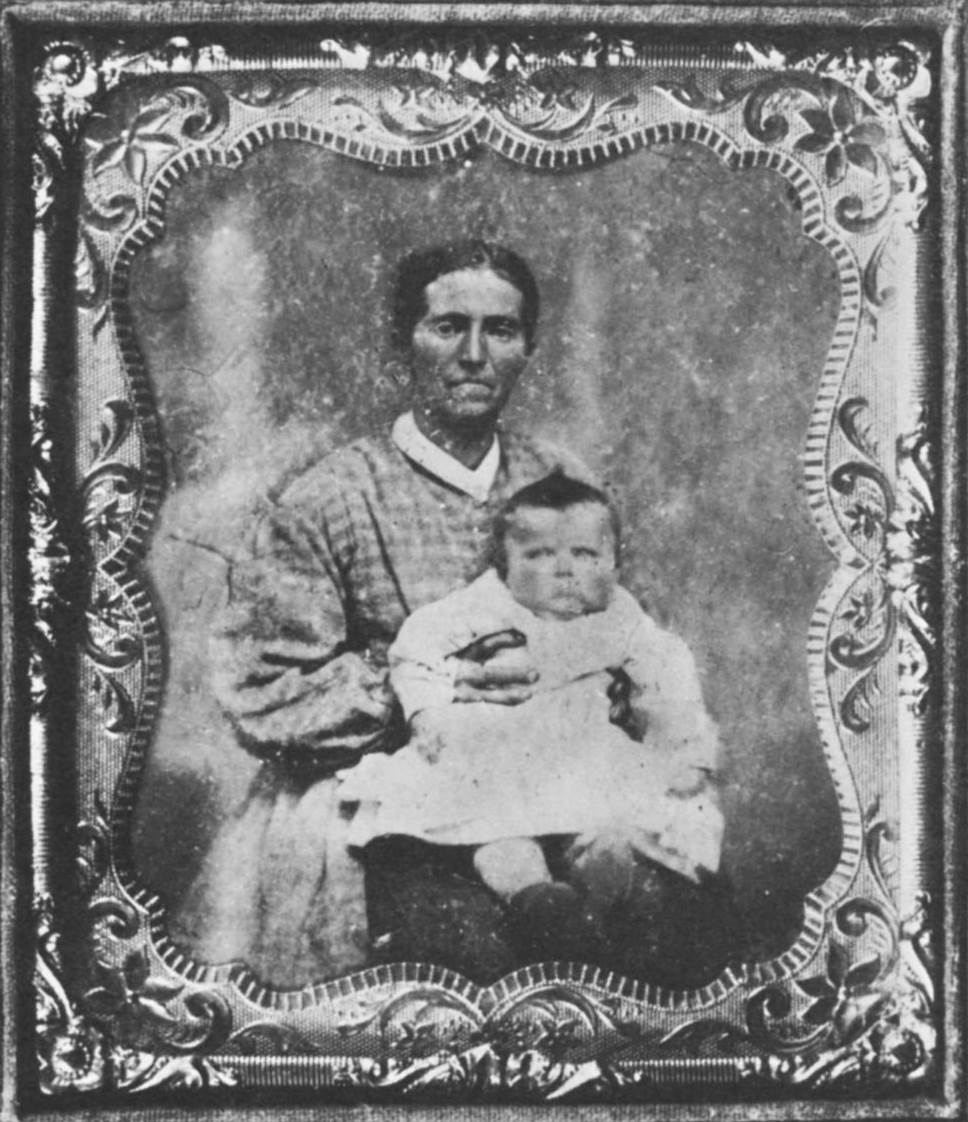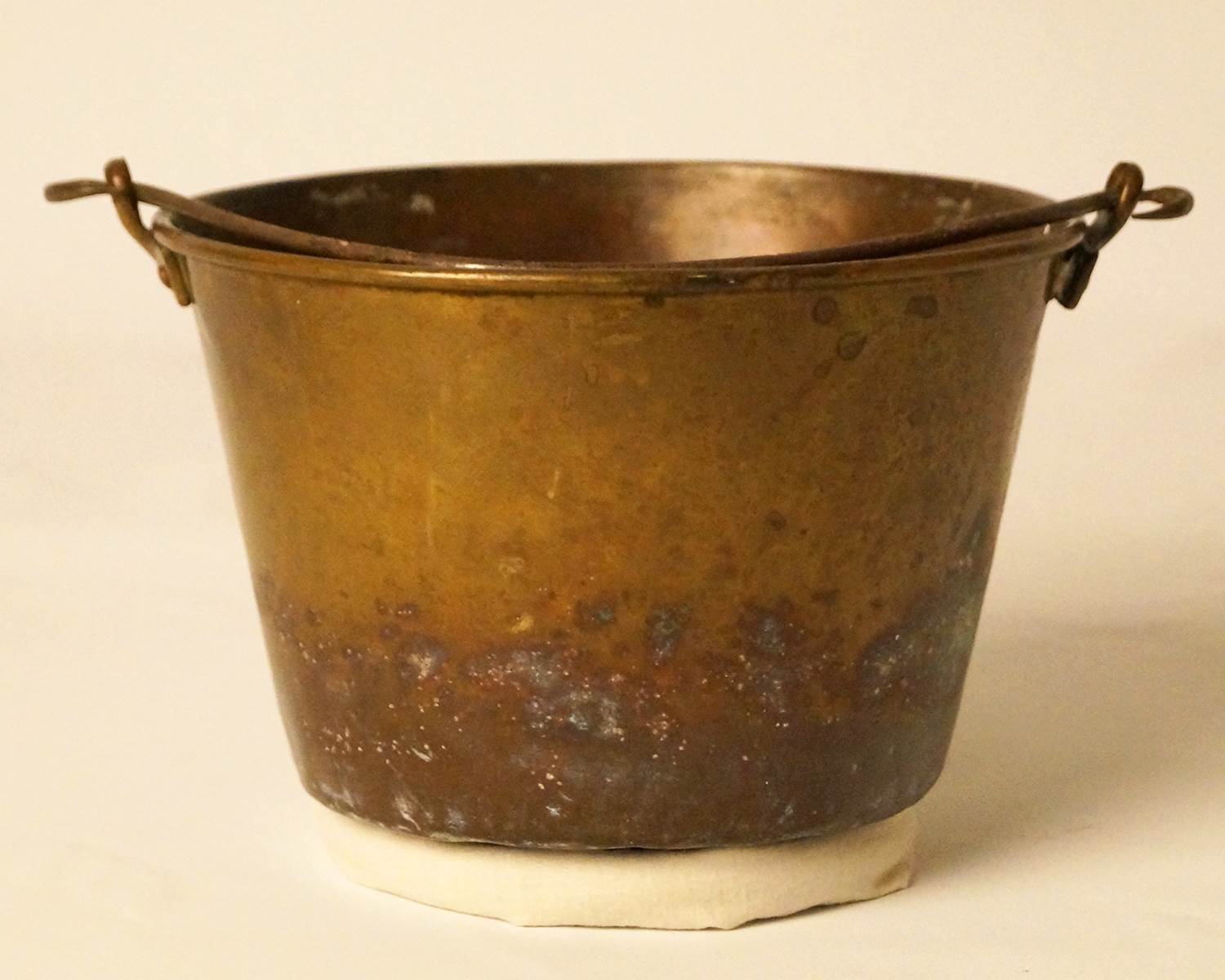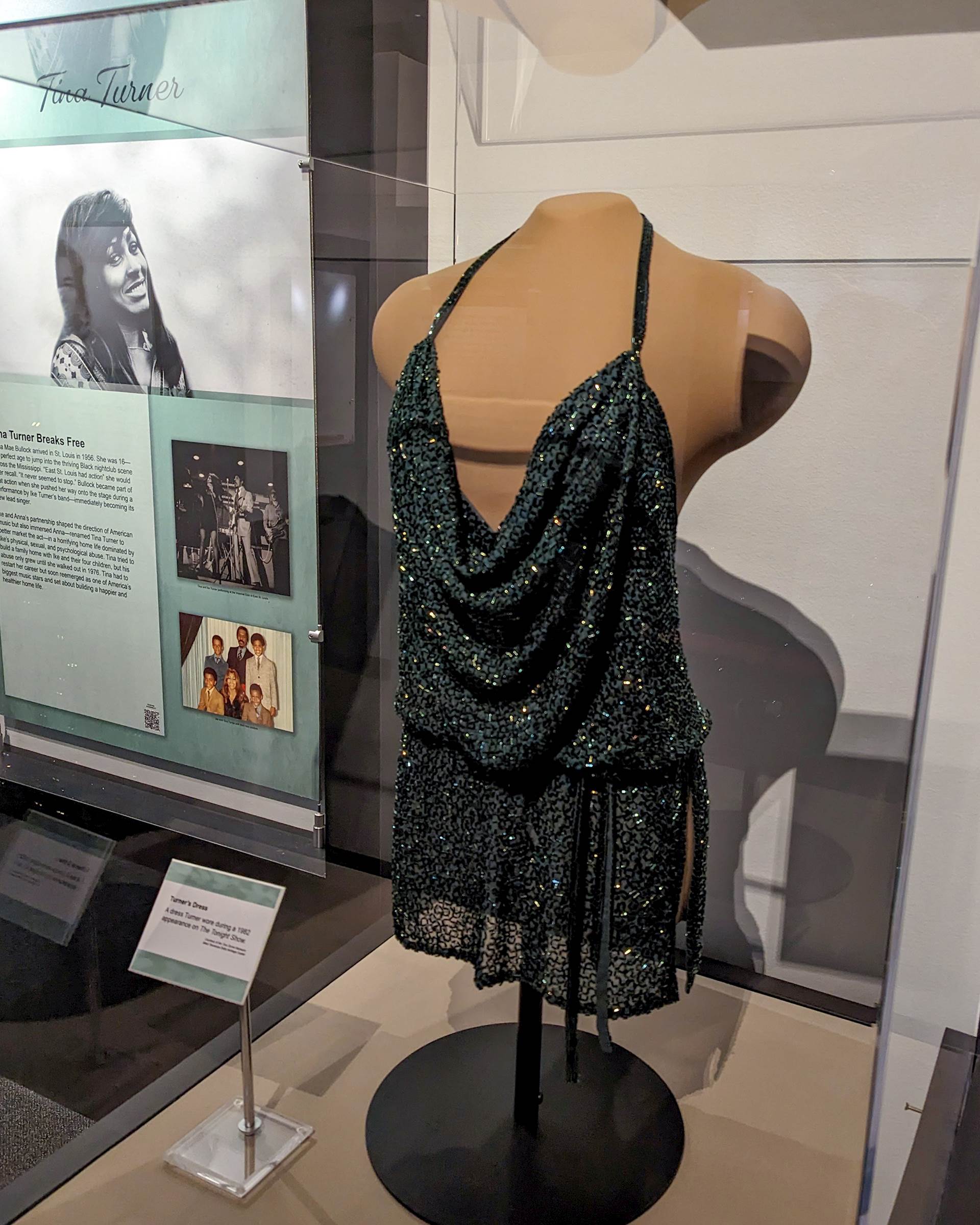By Christian McWhirter
One of the pleasures of working in the Abraham Lincoln Presidential Library and Museum’s Research and Interpretation Division has been helping develop and craft our annual temporary exhibits. The “Illinois Gallery” is designed to tell stories that complement our permanent exhibit, often by exploring aspects of Illinois’s vast history. I’ve been lucky enough to play a role in exhibits covering everything from the four presidents who called Illinois their home, to how Illinoisans helped fight World War II, to the long rivalry between the Chicago Cubs and St. Louis Cardinals.
Our latest exhibit, “Here I Have Lived: Home in Illinois,” explores how different Illinoisans at different times have experienced and defined “home.” We decided the best way to explore that idea was to use the people themselves — both renowned and obscure — as lenses into this basic human concept. The people we selected come from all over Illinois and stretch from the present day to as far back as the Indigenous metropolis at Cahokia in the early 1000s CE.
In my day-to-day work, I usually don’t stray too far from Lincoln and the people of his time. So, this exhibit provided an opportunity to delve deeper into the lives of other Illinoisans. I encountered many familiar faces but also met some new ones.
For the latter, I got to know Louisa Phifer, whose letters provide vivid examples of life for women on the Civil War home front. She managed her family farm in Fayette County while her husband George served in the 32nd Illinois Infantry and they wrote to each other frequently. Louisa’s letters show a wide and sometimes raw range of emotions, as updates on the trials and successes of maintaining the farm without George sit alongside statements of genuine anxiety — if not despair — over his service.
In one particularly visceral exchange, Louisa responds to learning about high casualties at the Battle of Nashville by declaring, “O my God grant that it may not be my lot to thus become a widow if such a thing should happen I would go Crazy or die before an hour, I think it is the best thing you can do to leave there as soon as possible.” Through these letters, in almost real time, Louisa tries to balance her commitment to her national home with the livelihood and security of her personal home.
 Louisa Phifer and infant daughter Atlanta Sherman Phifer
Louisa Phifer and infant daughter Atlanta Sherman Phifer
Benjamin Driggs was also unknown to me, but his story similarly reflected conflict over broader ideas of home and the more practical concern of having a safe and free place to live. Driggs grew up in the Mormon community of Nauvoo. Since the founding of their religion, members of the Church of Latter-day Saints had struggled to find a home where they were free to practice their religion. Benjamin’s father Shadrach had come to Nauvoo for that reason and as a wagon-maker helped other Mormons seek homes further west. Ultimately, Nauvoo proved unsafe and many of its residents relocated to Utah. Benjamin was among them, becoming a Mormon folk hero for helping subsequent waves of Mormon migrants reach their new home.
 A bucket reportedly owned by Driggs and used by him while helping other Mormons migrating away from Nauvoo. (Courtesy of the Church History Museum)
A bucket reportedly owned by Driggs and used by him while helping other Mormons migrating away from Nauvoo. (Courtesy of the Church History Museum)
And then there are familiar names, like Tina Turner. Her life was one of hope, abuse, and ultimately triumph — with Illinois playing a key role in that arc. Born Anna Mae Bullock, Turner moved to St. Louis in 1956. 16-years-old, she immersed herself in the emerging Rock & Roll scene on the Illinois side of the Mississippi, where she met her husband Ike and became the lead singer of his band — changing her name to read better alongside his on a marquee. For the next two decades, Ike and Tina were two of the most respected figures in popular music. Yet Tina’s home life was a nightmare, as she suffered repeated physical and sexual abuse by Ike’s hands. When she escaped in 1976, Tina wasn’t just leaving behind a personal life she’d built for decades, but also a career.
It was truly one of my great professional thrills to help transport a dress worn by Tina in a 1982 Tonight Show appearance for inclusion in the exhibit. When she wore that dress, Tina would have been on the verge of not just reclaiming but eclipsing her previous status as one of America’s musical luminaries. Two years later, her album Private Dancer went multi-platinum and its biggest single “What’s Love Got to Do with It” reached #1 on the Billboard charts — a feat she never achieved with Ike.
 A dress worn by Tina Turner on display in “Here I Have Lived.” (Courtesy of the Tina Turner Museum, West Tennesse Delta Heritage Center)
A dress worn by Tina Turner on display in “Here I Have Lived.” (Courtesy of the Tina Turner Museum, West Tennesse Delta Heritage Center)
Tina’s story is an inspirational one that nevertheless shows us home isn’t always a safe and healthy space—an element we tried to include in several of the stories featured in “Here I Have Lived.” The idea of home is a simple one, and the homes we all create are often mixes of positive and negative elements. Yet we each know our ideal vision home and have the power to try and build it for ourselves and those around us.
Christian McWhirter is the Lincoln Historian at the Abraham Lincoln Presidential Library and Museum. “Here I Have Lived: Home in Illinois” is currently open to visitors in the museum’s Illinois Gallery.